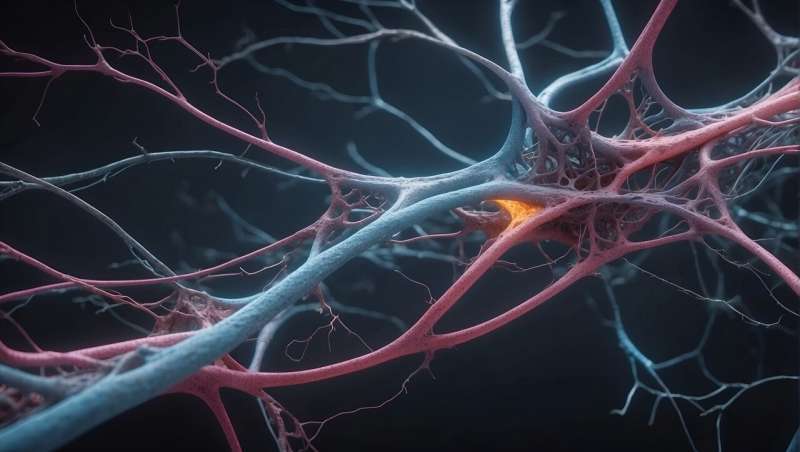Advances in Gene Therapy: New Insights into Genome Ejection Mechanisms of AAV Vectors

New research from the University of Osaka uncovers the molecular mechanisms of genome ejection in AAV vectors, offering promising avenues for improved gene therapy vector design and safety.
A groundbreaking study conducted by researchers at the University of Osaka has provided valuable insights into the molecular process governing genome ejection from adeno-associated virus (AAV) vectors, which are vital tools in gene therapy. Published in the journal Molecular Therapy Methods & Clinical Development, this research unciphers how structural changes in viral proteins facilitate the release of therapeutic genetic material.
The team discovered that the N-terminal region of the VP1 protein within the AAV capsid undergoes significant structural transformation when exposed to heat. This unfolding process is instrumental in enabling the virus to eject its genetic cargo efficiently. Understanding this mechanism is crucial because it influences the stability and delivery efficiency of AAV vectors used in gene therapy.
Using advanced techniques such as mass photometry, nano-differential scanning fluorimetry, hydrogen/deuterium exchange mass spectrometry, and analytical ultracentrifugation, the scientists investigated AAV particles with varying VP1 content. They observed that when the VP1 N-terminus remains in a folded state, genome release is hindered. Conversely, unfolding of this region facilitates the ejection process without causing capsid disintegration. This process results in three distinguishable particle states: those with genomes, tethered genomes, and empty capsids.
The research highlights that genome ejection occurs without breaking apart the capsid structure, providing a detailed understanding of how AAV vectors deliver their genetic payload. These findings have significant implications for designing more stable and efficient gene therapy vectors, potentially reducing side effects and improving therapeutic outcomes.
Senior researcher Susumu Uchiyama emphasized that these molecular insights are vital for overcoming current challenges in vector production and quality control. He stated, “Gene therapy holds immense potential for curing previously intractable diseases, but optimizing vector stability and delivery remains complex. Our research offers important indicators for developing safer and more effective vectors, accelerating the transition of these therapies from the laboratory to clinical settings.”
This study represents a pivotal step toward enhancing gene therapy technology by providing a deeper understanding of viral genome release mechanisms, ultimately aiding in the creation of better-designed vectors for treating a variety of genetic disorders.
For further details, see the original publication: Yuki Yamaguchi et al, "Unfolding of viral protein 1 N-termini facilitates genome ejection from recombinant adeno-associated virus serotype 8," in Molecular Therapy Methods & Clinical Development (2025).
Stay Updated with Mia's Feed
Get the latest health & wellness insights delivered straight to your inbox.
Related Articles
Study Reveals Racial Disparities in Organ Allocation Decisions
A recent study highlights racial disparities in organ acceptance rates, revealing systemic inequities in transplantation decisions and emphasizing the need for more equitable practices.
New Research on Brain Receptor Offers Hope for Treating Neuropathic Pain
Emerging research highlights the role of the brain protein GluD1 in the development and potential treatment of neuropathic pain, offering hope for safer, effective therapies.
New Research Identifies Potential Therapeutic Targets in Pediatric Germ Cell Tumors
A recent study has uncovered immune signatures in pediatric germ cell tumors, paving the way for personalized immunotherapy options that could improve treatment efficacy and reduce side effects in children.



